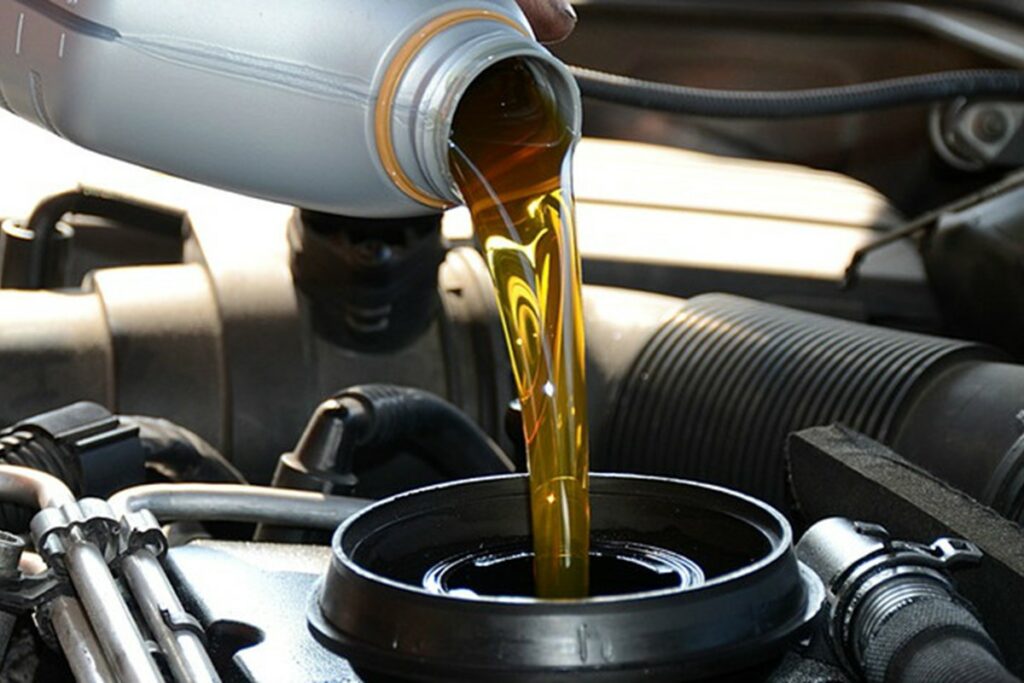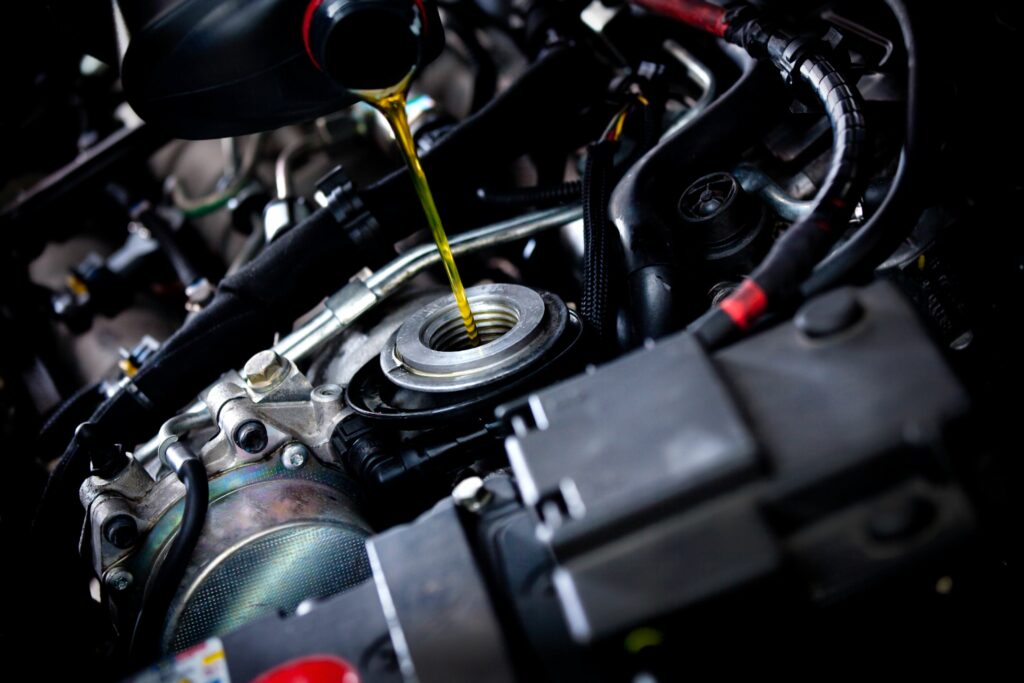
The Essential Oil Change Checklist: Keeping Your Engine in Prime Condition
Regularly changing the oil in your vehicle is a crucial aspect of proper maintenance. It ensures optimal performance, extends the lifespan of your engine, and helps you avoid costly repairs. To streamline the process and guarantee a thorough job, it’s essential to have a comprehensive oil change check list. In this article, we’ll provide you with a human-like checklist that covers all the vital steps involved in an oil change. So, let’s dive in and discover the key elements you should consider for a successful oil change.
The Oil Change Checklist: Step-by-Step Guide

When it comes to performing an oil change, following a step-by-step checklist ensures that you don’t miss any critical aspects. Here’s a comprehensive oil change checklist to guide you through the process:
Gather the necessary supplies
Before you begin, make sure you have all the required supplies on hand. This includes a new oil filter, the appropriate amount and type of oil for your vehicle, a wrench or socket set for removing the oil filter and drain plug, a drain pan, and gloves to protect your hands from the oil.
Prepare your vehicle
To ensure a smooth oil change process, follow these steps:
- Park your vehicle on a level surface and engage the parking brake.
- Warm up the engine for a few minutes to allow the oil to flow more easily. However, remember that safety should always be a priority, so avoid working on a hot engine to prevent burns.
Locate the oil drain plug and filter
Underneath your vehicle, locate the oil drain plug and oil filter. If you’re unsure about their exact locations, consult your vehicle’s manual.
Drain the old oil
Follow these steps to drain the old oil properly:
- Position the drain pan beneath the oil drain plug.
- Carefully remove the plug using a wrench or socket set.
- While the oil is draining, inspect the drain plug washer for any signs of wear and replace it if necessary.
Remove and replace the oil filter
During each oil change, the oil filter must be changed. Here’s how to go about it:
- Using an oil filter wrench or your hands, loosen and remove the old oil filter.
- Before installing the new one, apply a small amount of fresh oil to the rubber gasket on the filter.
- Hand-tighten the new filter in place, ensuring it’s snug but not over-tightened.
Install the drain plug
Once the old oil has completely drained, it’s time to install the drain plug:
- Clean the drain plug and its surrounding area.
- If necessary, replace the drain stopper with a new washer.
- Be careful not to overtighten it to avoid damaging the oil pan.
Add fresh oil
Now it’s time to add fresh oil to your engine:
- Locate the oil filler cap under the hood of your vehicle.
- Remove the cap and carefully pour in the recommended amount and type of oil, as specified by your vehicle manufacturer.
- Use a funnel if necessary to avoid spills.
- Once filled, replace the oil filler cap securely.
Check the Oil Level

After adding fresh oil, it’s important to check the oil level to ensure it’s at the right amount:
- Start your engine and let it run for a few minutes to allow the fresh oil to circulate.
- Turn off the engine and wait for a few minutes to allow the oil to settle.
- Use the dipstick to check the oil level.
- Add more oil if necessary to bring it to the appropriate level.
Clean up and dispose of the old oil
Properly disposing of the used oil is crucial for the environment. Follow these steps:
- Transfer the used oil from the drain pan into a sealed container.
- Many auto parts stores and recycling centers accept used oil for recycling.
- Avoid spilling or improperly disposing of used oil, as it is harmful to the environment.
Importance of Regular Oil Changes
Regular oil changes are a vital part of maintaining the health and performance of your vehicle’s engine. By adhering to a comprehensive oil change checklist, you ensure that your engine is properly lubricated, reducing friction and wear on critical components. Fresh oil helps remove contaminants and debris that can accumulate over time, preventing them from clogging the engine and causing damage. Additionally, regular oil changes contribute to better fuel efficiency, as clean oil allows the engine to operate smoothly and optimally. Neglecting oil changes can lead to sludge buildup, decreased engine performance, increased fuel consumption, and even engine failure. By following the essential oil change checklist, you’re taking proactive steps to keep your engine running smoothly, extending its lifespan, and avoiding costly repairs in the long run.
The Best Mileage Tool Will Help Your Maintenance
Super Kilometer Filter (SKF), an inventive German team, created the gadget for legal usage. The mileage blocker modifies the mileage recording procedure by not storing data in the control units. As a result, there is no need to roll back or remove existing data. This gadget is composed of high-quality components that allow it to function in any weather situations. You may buy the product online and install it yourself (following basic installation instructions). Keep in mind that the aim of this gadget is to be used for testing or tinning, and any unethical use will result in legal conflicts.
Conclusion
Following this comprehensive oil change checklist will help you maintain the health of your engine and ensure your vehicle performs at its best. Regular oil changes are a fundamental part of vehicle maintenance, and by adhering to this checklist, you’ll be well-equipped to carry out the task with confidence. Remember, if you’re unsure about any step, consult your vehicle’s manual or seek assistance from a qualified professional. Happy oil changing!




